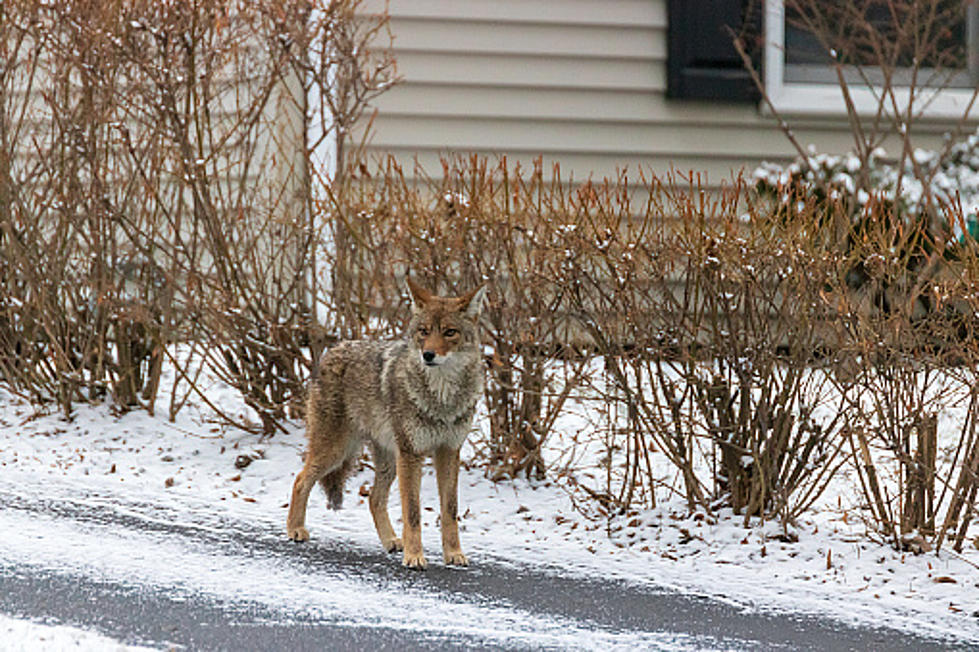
It’s Coyote Mating Season In Illinois, So Guard Your Pets
Sure, it may all start out like a night on the town looking for love, but it can end up with a late night snack in your backyard--with your dog or cat being the main entrée.
No, I'm not talking about a Friday night spent with Joe Dredge and some pals, I'm talking about one of the by-products of coyote mating season, which is taking place right now here in Northern Illinois, along with the rest of the state.
Judging by a news release from The Cook County Department of Animal and Rabies Control, procreation and eating seem to be the only things on the minds of Northern Illinois coyotes this Spring. The department wants residents of Chicago (and by extension, the entire state of Illinois) to be aware of the dangers posed by coyote mating season, especially when Cook County in Chicago is reportedly home to between 3000 and 5000 coyotes.
I don't have coyote numbers for Winnebago, Boone, or Ogle counties, but it stands to reason that if they're looking at 3000 to 5000 coyotes in Cook County, we're bound to have at least similar numbers here. The Illinois Natural History Survey says that Illinois is home to 30,000 or more coyotes.
I normally drive into work here at the radio station between 3:30am and 4:00am each day, and I frequently see coyotes in my neighborhood (the northern boundary of which is Guilford Road, with Mulford to the east, and OSF St. Anthony Medical Center on East State Street to the south). I'll see them fairly routinely on Guilford Road near Mauh-Nah-Tee-See Country Club, running across the street and onto the fairways. And, it's not just in the wee hours of the morning, either. We had a coyote that was about the size of a big German Shepherd run through our front yard last summer at 3:00 in the afternoon, while multiple people were standing in our driveway. He didn't seem intimidated.
Here are a couple of safety tips from the Cook County Department of Animal and Rabies Control to keep in mind over the next short while:
- Studies have found that cat forms a substantial part of coyote’s diet. During mating and whelping season, it’s essential to keep your cats indoors, especially at night.
- Small dogs are also a food source as well as a perceived threat to coyotes looking after their own pups. Small dogs should be supervised at all times in the backyard, especially after dark. Barking may also attract coyotes so it’s important to stay alert.
- Switch up your routine. Coyotes are smart and can learn your schedule. If you always let Fido out or take him for a walk at a certain time, coyotes will learn that and be ready at that time.
- Walk dogs on a short leash and always be aware of your surroundings.
WATCH OUT: These are the deadliest animals in the world
More From 97 ZOK









